Everyone talks about the importance of saving for retirement and investing your hard-earned money in a 401(k), but few take the time to explain how a 401(k) actually works and the ways to best benefit from it.
However, FileSmart has you covered. This article covers how a 401(k) works and how to make the most of your account so your retirement savings won’t get eaten away by additional penalties and fees you aren’t even aware of.
First, what is a 401(k)?
A 401(k) is a tax-advantaged investment account that is sponsored through your employer and allows you to save money for retirement.
As an employee, you will typically designate a percentage of your paycheck to be put into your 401(k) before it ever enters your bank account. This money can then be allocated to the investment choices offered by the plan.
What are the Types of 401(K) Plans?
There are two main types of 401(k) plans. These include:
- Traditional 401(k) – This account is funded with pre-tax dollars. This means that any funds you deposit in a traditional 401(k) are non-taxable. However, when you go to withdraw your funds during retirement, the funds you invested and any return on those funds are fully taxable.
- Roth 401(k) – This account is funded with after-tax dollars, which means that you’ll pay taxes on the funds you invest now, but will only have to pay taxes on the earnings on the account when you withdraw the funds during retirement.
Both types of accounts have advantages, but the main thing to take into consideration is how much you think you’ll pay in taxes during retirement (versus what your tax rate is now).
If you think you’ll be in a lower tax bracket during retirement (since you’ll be on a fixed income), then you should use a traditional 401(k). However, if you think you may be in a higher tax bracket during retirement, then use a Roth 401(k).

How Much Can I Contribute to My 401(k)?
In 2023, you are able to contribute up to $22,500 to a traditional 401(k). If you’re 50 years or older, you can contribute an additional $7,500 in “catch-up” contributions.
The contribution limits do vary from year to year. Therefore, it’s a good idea to visit the IRS website to confirm the contribution limits if you are reading this after 2023.
What is Employer Matching?
Most companies that offer a 401(k) plan will also match a portion of the money that you are putting into your 401(k). This is by far one of the biggest benefits of using a 401(k) because it’s an automatic return on your money.
Most employer matching is described as something like “the company will match 50% of the first 8% that an employee contributes to their 401(k).” Let’s look at the math on that:
- Employee Salary – $100,000
- Employee 401(k) Contribution – 8% or $8,000 annually
- Employer Matching – 50% of $8,000 or $4,000 annually
This means that you’re automatically getting a $4,000 return on your money! If you’re able, you should contribute at least the minimum amount that your employer matches to your 401(k).
Vesting
Employer matching does come with a caveat, and it goes by the name of vesting. Most companies require you to remain an employee at the company for a certain period of time to keep employer-matched funds.
If you leave before a vesting period has ended, you may only receive a portion of the funds matched by your employer or potentially none at all. The typical vesting period is 3-5 years. After that, the money is all yours. (You should ask your company if contributions are vested 100% immediately or over time.)
What Happens to My 401(k) After Leaving My Job?
Once you leave your job, you’re no longer able to contribute to your employer’s 401(k). However, you don’t lose the money that you’ve contributed, or that has already vested.
You have a few options on how to continue accessing those funds:
- Keep the money in your former employer’s 401(K) – Some employers allow you to keep your money in their 401(k) plan. If you like the investment options in the plan, this may be a good choice. However, most employers will require you to move the funds within a given time frame.
- Move your funds to your new employer’s 401(k) – When you start your new job, you may have the opportunity to roll your old 401(k) into your new employer’s plan. This is a great option if you want all of your retirement savings in one place.
- Rollover into an IRA – An IRA allows you to roll over funds from a 401(k) without needing to pay taxes or penalties. IRAs are a great place to keep your retirement funds if you’ve had multiple jobs over the course of your career. You’ll often have more investment options than your employer’s 401(k) plan, and you’ll still receive similar tax advantages. The only downside is that you can’t automatically contribute to an IRA from your paycheck.
- Cash Out Your 401(k) – You do have the option to cash out your 401(k) when you leave a job, but this is rarely a good idea, since you’ll need to pay income tax on the entire balance of the account, plus a 10% penalty if you’re under the age of 55.
What are the 401(k) Withdrawal Rules?
While 401(k) accounts do have a ton of tax benefits, they also come with a few rules. Failing to follow the withdrawal rules can diminish your account gains quickly.
As a general rule, you can’t withdraw from your retirement account prematurely without paying a 10% penalty in addition to any income taxes owed. If you work until you turn 55, then you can begin withdrawing funds without penalty at that point. However, if you stop working before turning 55, then you’ll need to wait until you are 59 ½ to begin withdrawing funds without penalty.
There are a few exceptions that allow you to withdraw from your 401(k) account early without penalty.
These include:
- Postsecondary tuition for you or your family
- Medical or funeral expenses for your or your family
- Qualifying costs related to repairing or buying your primary residence
- Avoiding immediate foreclosure or eviction
In addition, some plans allow you to take a loan of up to $50,000 or 50% of your investment funds. However, the money has to be paid back within 5 years, or you’ll be charged a 10% penalty on the early withdrawal.

Withdrawing 401(k) Funds in Retirement
Once you’ve reached 55, or 59 ½ if you stopped working before the age of 55, then you can access your 401(k) funds penalty free! Unfortunately, the IRS won’t allow you to keep your funds in your 401(k) forever.
Once you turn 73, you’re obligated to take a required minimum distribution (RMD) each year from your 401(k) account. Your RMD is calculated based on the total balance left in your 401(k) and the life expectancy factor calculated by the IRS.
If you are using your 401(k) as your primary source of income in retirement, then RMDs shouldn’t be higher than what you would typically need to take out to survive in a given year.
Getting Tax Help with a 401(k)
As you may have noticed, the tax laws surrounding 401(k) plans can be extremely confusing. In addition, the IRS seems to constantly be changing the rules around what you can and can’t do with your 401(k) funds.
Therefore, if you’re looking to set yourself up to enjoy the most tax benefits offered by a 401(k) plan, you’ll want to consult with a tax expert. At FileSmart, we offer access to tax professionals at a fraction of the cost of hiring a CPA.
Once you become a member, you’ll have access to tax courses, filing software, and even the ability to ask our tax professionals up to 5 questions a month. Sign up today to ensure you’re getting the most out of your 401(k) account.


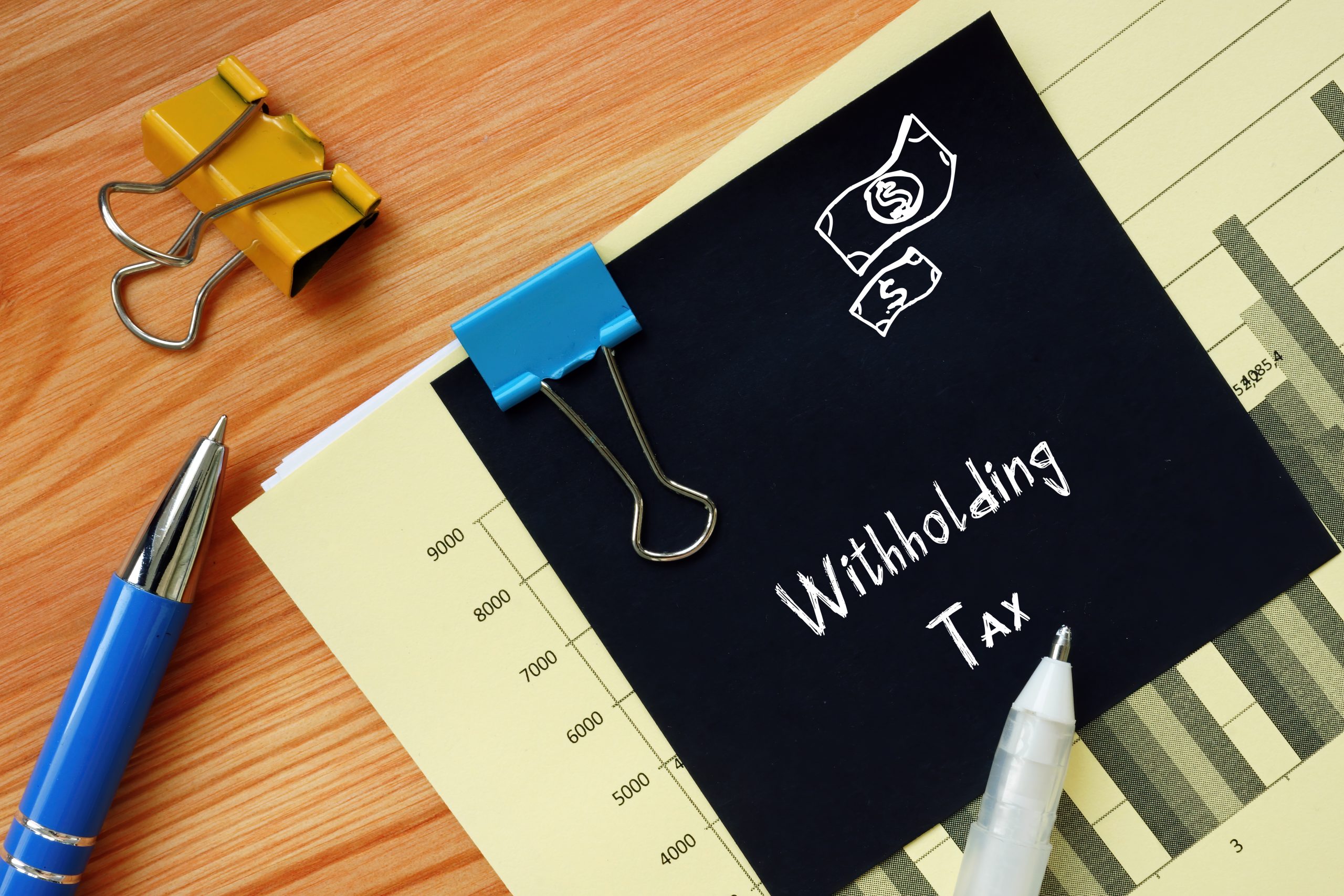
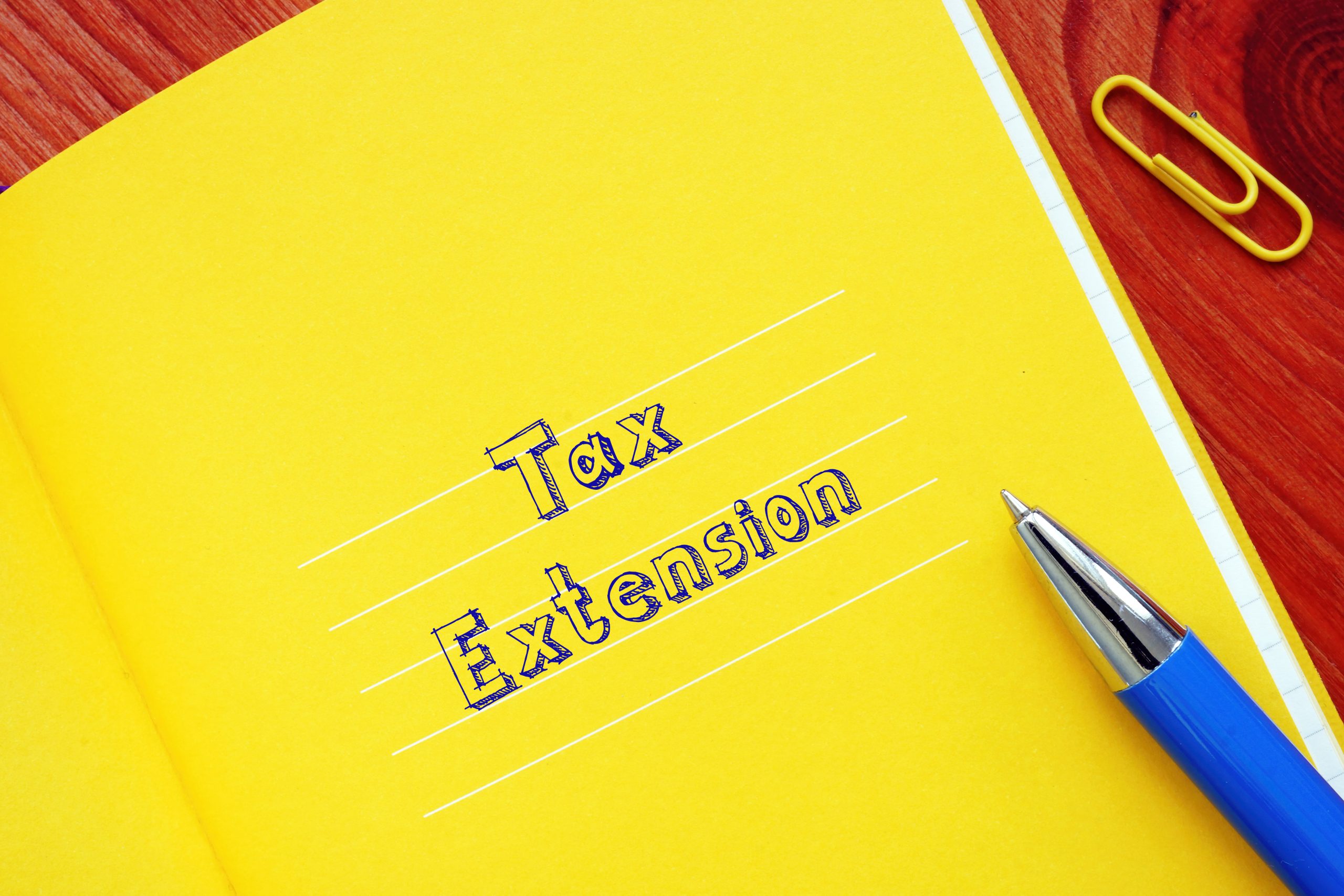





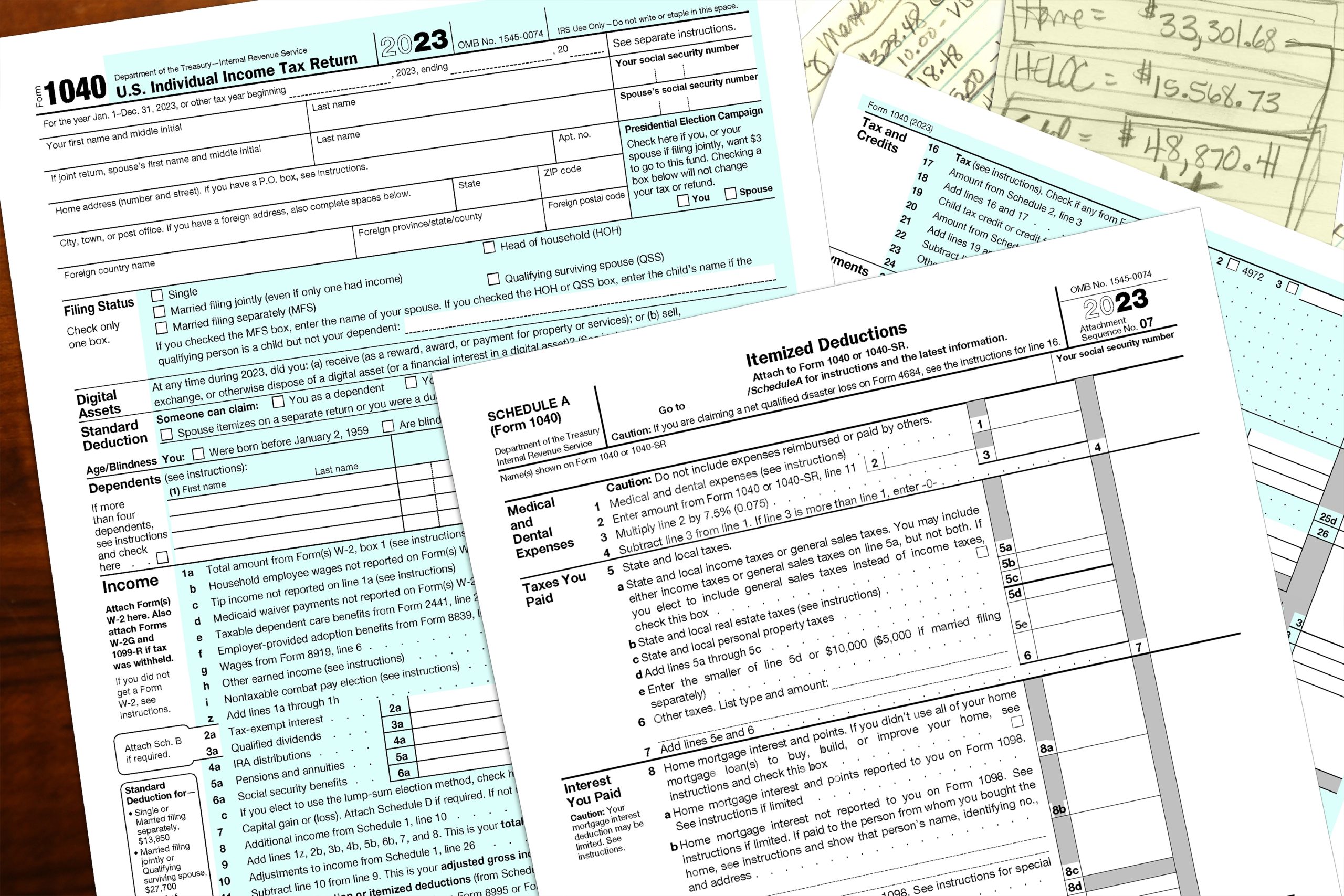
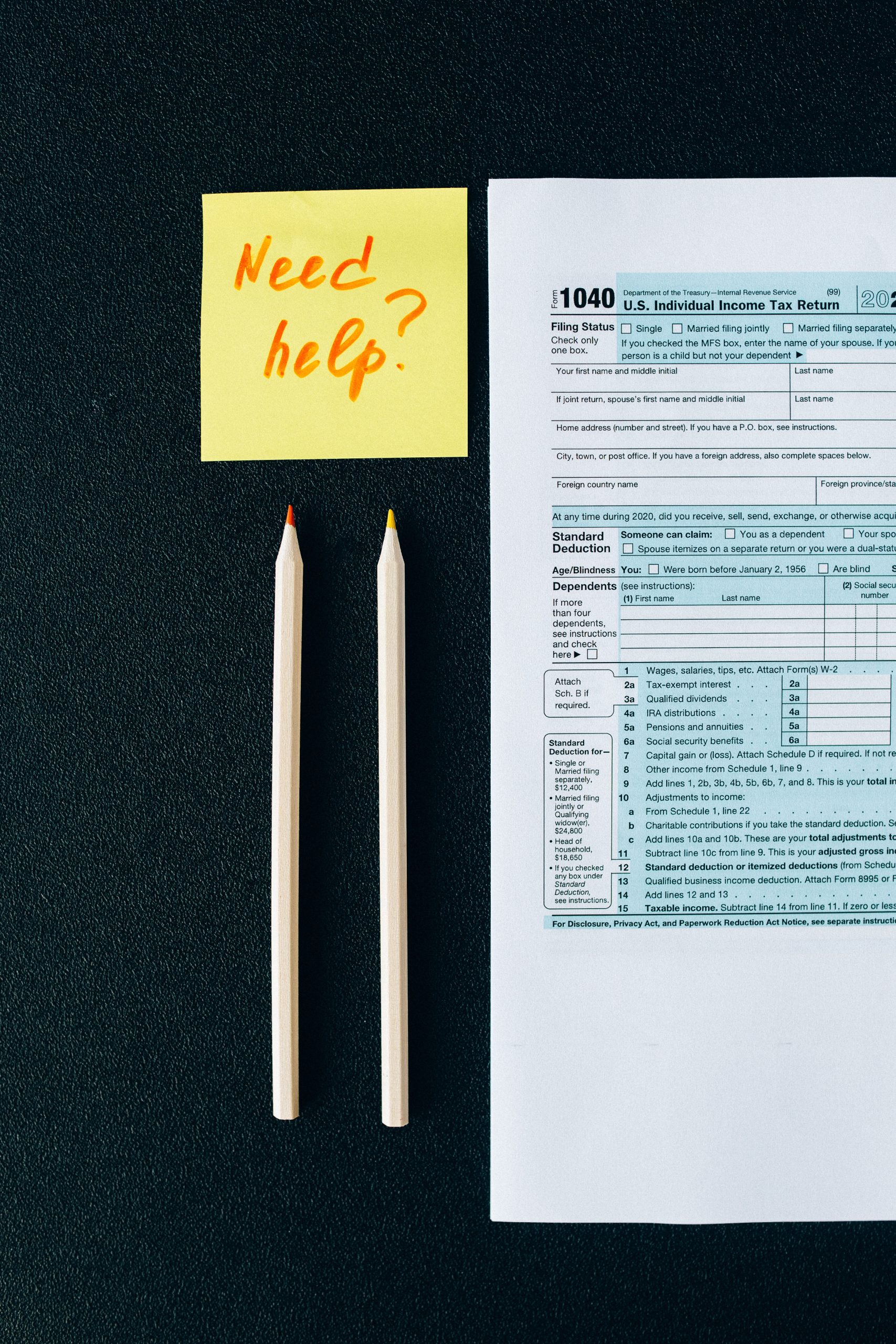


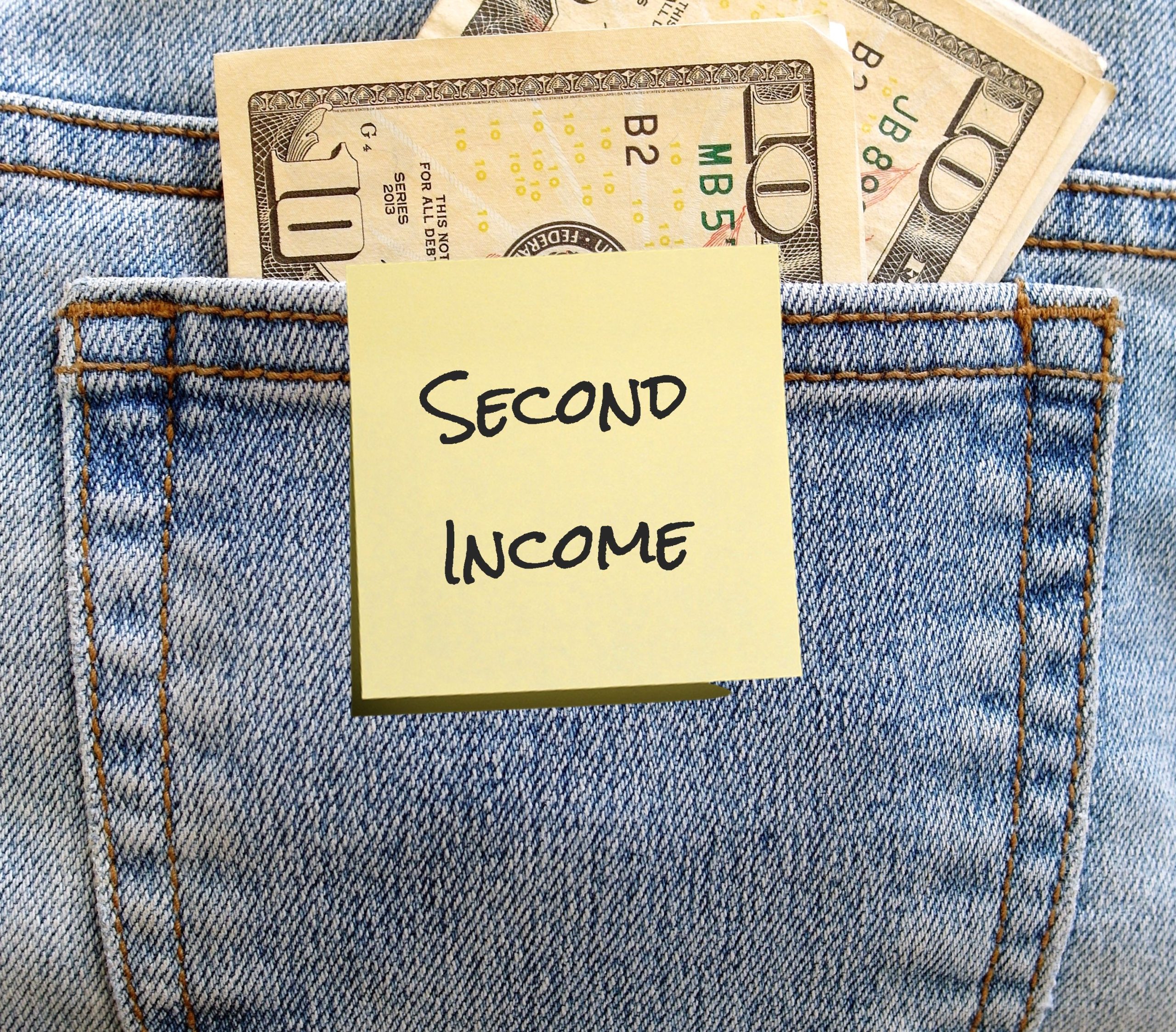

















0